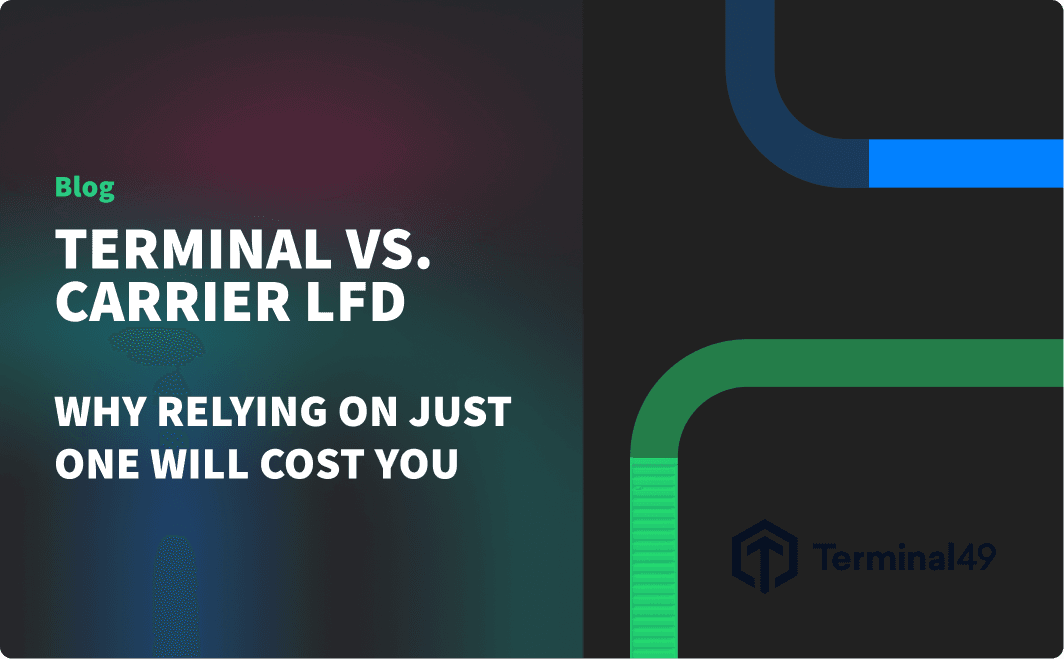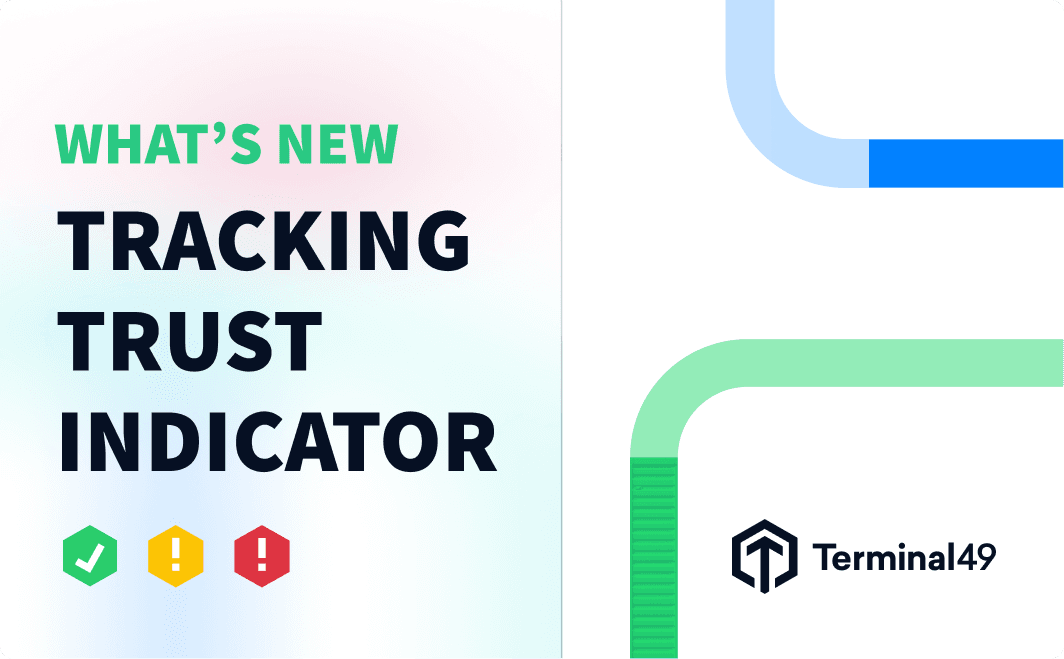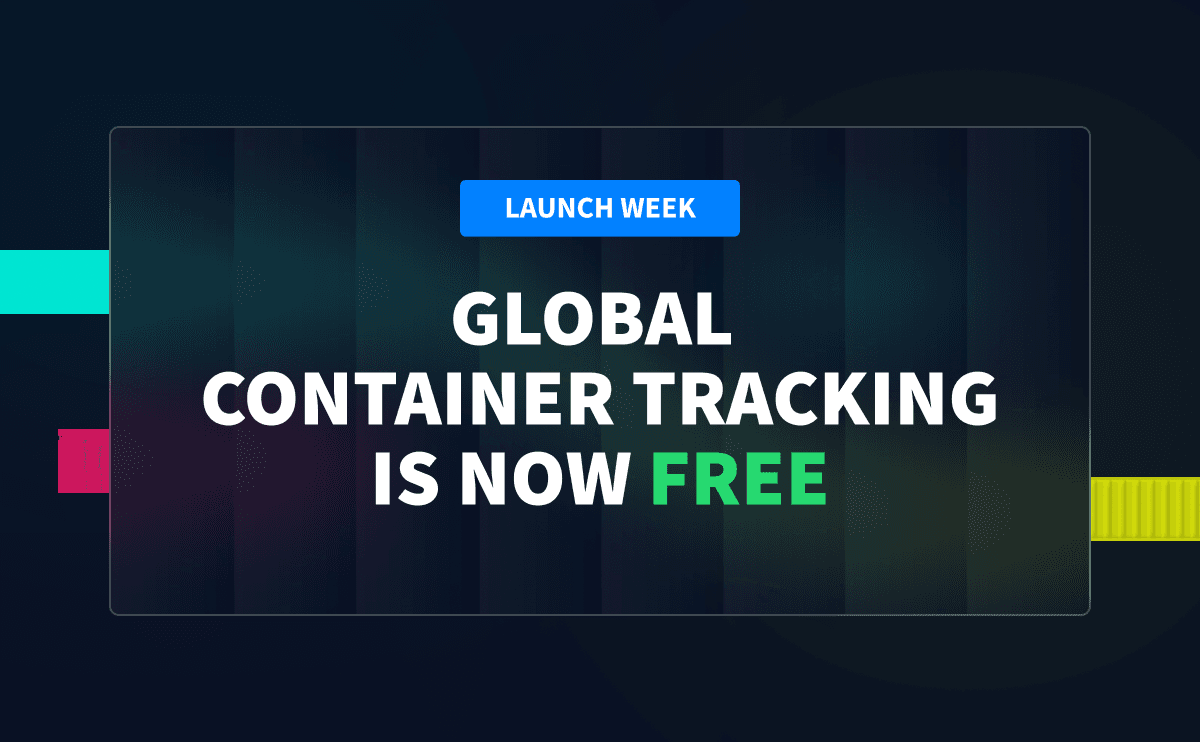“It’s not about predicting disruption — it’s about being ready when it hits.” — Kyle Blount, Terminal49
The logistics headlines keep coming: tariffs are changing, port fees are on the horizon, and shippers are bracing for congestion. So we hit record on a quick chat between Terminal49’s Dom Santomieri and Kyle Blount to unpack what’s actually going on — based on conversations with importers, port operators, and data from the field.
You can watch the full conversation below or read on for the highlights.
Here’s what you need to know now.
Tariffs Rolled Back — But Just for 90 Days
Last week’s big news? A temporary rollback on U.S.–China tariffs:
- China’s tariffs are down to 30%
- U.S. tariffs have dropped to 10%
- But — and this is key — it’s only for 90 days
“Importers are happy, but it’s a pause, not a permanent change,” Kyle explained. “Most are racing to bring in goods before the window closes.”
Why that matters: This short-term opening overlaps with peak season. Expect an early, compressed shipping rush that could put new pressure on ocean freight rates and port operations.
Port Congestion: Not If, But When
Fast boat services are already booked out. Carriers are charging premiums for quick transit — and for good reason.
“We’re seeing 50%, 100%, even 200% increases in bookings coming out of China,” Kyle said.
Expect this to snowball. In the next 3–6 weeks, port terminals will be flooded. And when too many containers hit the system at once, things break down — fast.
Here’s how that plays out:
- Vessel bunching: Ships arrive close together. Not enough berths. Waiting time spikes.
- Terminal overflow: Once offloaded, containers sit. Port space gets tight.
- Closed areas: Your box might land in a terminal zone no one’s working today.
- Delays and demurrage: Your cargo’s "arrived," but it’s not available. Clock’s ticking on storage fees.
“Logistics works best in a steady rhythm,” Kyle said. “When there’s a spike like this, everything slows down.”
Customs, Fees & Storage Shenanigans
Another hidden pain point? Customs clearance delays.
Some importers are moving containers into bonded warehouses, just to avoid paying full tariffs before they absolutely have to.
“One customer missed the original tariff cutoff by days,” Kyle noted. “They ended up paying for storage instead of risking a 145% duty hit.”
And it’s not just about tariffs anymore. With new Chinese-built vessel port fees starting in October, the carrier and vessel you choose matters more than ever.
Equipment Misalignment Is Already Starting
We’re also seeing echoes of early-COVID style logistics issues. Chassis and boxes are already piling up in the wrong places.
“Even a couple days of disruption can take weeks to sort out,” Kyle explained. “We’ve had weeks of off-pattern activity — and now everything’s surging.”
That’s going to stretch intermodal capacity, warehouse labor, and lead times across the board.
What About De Minimis? Expect a Fulfillment Shift
With the U.S. rolling back the $800 de minimis rule, Chinese-based 3PLs and DTC brands are scrambling to adapt.
“Millions of units used to fly in under the de minimis radar,” Dom said. “Now those brands are shifting to containerized shipping and setting up U.S.-based fulfillment.”
Translation: more ocean freight demand, more containers, more congestion.
What You Can Do Right Now
If you’re an importer, forwarder, or 3PL, here’s the short list:
- Pull forward peak season shipments — don’t wait until July
- Talk to your carriers about vessel selection and port availability
- Brace for demurrage and chassis shortages
- Make sure you know where your containers actually are — and what ship they’re on
“Hope isn’t a strategy,” Kyle said. “If you’re not tracking your shipments in real time and planning ahead for fees and congestion, you’re going to lose money — fast.”
Want to Stay Ahead?
Use this moment as a pressure test.
If you want to see your full container exposure — including which carriers and vessels could trigger fees this fall — let’s talk.





